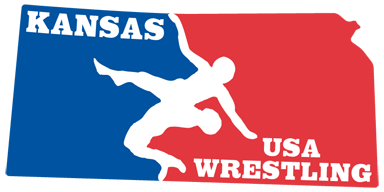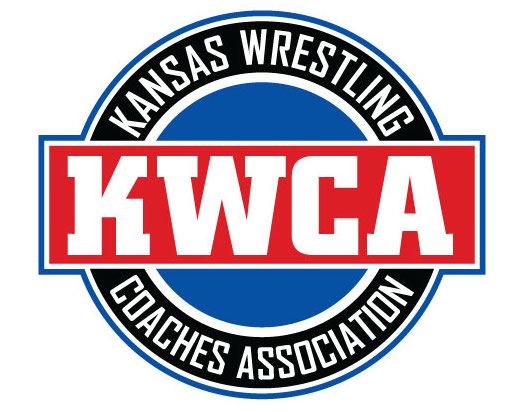Participants Now Inbounds with One Point of Contact in High School Wrestling
By NFHS on April 25, 2024
nfhs news
SharePrint
Beginning with the 2024-25 season, high school wrestlers will be inbounds with only one point of contact of either wrestler inside or on the boundary line.
This fundamental change to high school wrestling was one of six major changes impacting almost 30 rules recommended by the NFHS Wrestling Rules Committee at its April 1-3 meeting in Indianapolis. All recommended changes were subsequently approved by the NFHS Board of Directors.
Previously, high school wrestlers were considered to be inbounds if a total of two supporting points of either wrestler were inside or on the boundary line. The two supporting points could be two supporting points of one wrestler or one supporting point of each wrestler inside or on the boundary line.
“Without increasing risk, this change eliminates the subjectivity of the out-of-bounds call,” said Elliot Hopkins, NFHS director of sports and student services and liaison to the Wrestling Rules Committee. “The change also helps officials to call ‘out of bounds’ more consistently, and it provides wrestlers, coaches and spectators a better understanding of out of bounds.”
While the One Point of Contact change will be noted under the definition of Inbounds in Rule 5-15, it also impacts a number of other sections in Rule 5 on Definitions, as well as Rule 6-4-1 on Stopping and Starting the Match.
In addition to the One Point of Contact change, points awarded for a Near-Fall have been revised in high school wrestling. Overall, the changes simplify the points awarded based on how long the wrestler is held in near-fall criteria. The change in Rule 5-11-3 is as follows:
Two points will be awarded when near-fall criteria are held for two seconds, three points for three seconds, four points for four seconds and five points if the defensive wrestler is injured, indicates an injury or bleeding occurs after the four-point near-fall has been earned. These changes will affect other rules including individual match scoring in Rule 9.
“The goal in wrestling is to pin the opponent,” Hopkins said. “Changing the near-fall points should motivate wrestlers to work for a fall.”
In another change in scoring rules, opportunities to earn more points will also be available when executing a Takedown. Beginning next season, wrestlers will be awarded three match points instead of two when securing a takedown.
The committee also approved a change regarding the Technical Fall. Rule 5-11-4a now states that “if a takedown or reversal, straight to a near-fall criteria creates a 15-point advantage, the match shall continue until the near-fall criteria is no longer met. Conclusion of the near-fall criteria is immediate.” The change clarifies when the technical fall has concluded in relation to the near-fall criteria being met. Hopkins said the offensive wrestler cannot be penalized appropriately after the technical fall has been earned.
In another change, the 10-Foot Circle at the center of wrestling mats is now optional. Wrestlers now will be encouraged to “stay in the center of the mat” instead of “within the 10-foot circle.”
“The committee determined that the starting lines of a mat indicate the center of the mat and the 10-foot circle is no longer needed,” Hopkins said. “With the new mat designs that have a large mascot or logos, it gives a refreshing look to the mats. Wrestlers and officials know where the center of the mat is located without the 10-foot circle.”
Finally, the committee approved a new Referee’s Time-Out Signal. The signal, which is used in many other sports, is both hands/fingers pointing inward to the referee’s chest.
A complete listing of the wrestling rules changes will be available on the NFHS website at
www.nfhs.org. Click on “Activities & Sports” at the top of the home page and select “Wrestling.”
According to the 2022-23 NFHS High School Athletics Participation Survey, wrestling is the sixth-most popular sport for boys with 259,431 participants in 10,962 schools. It also continues to gain popularity among girls with 50,016 participants in 6,545 schools nationwide.







